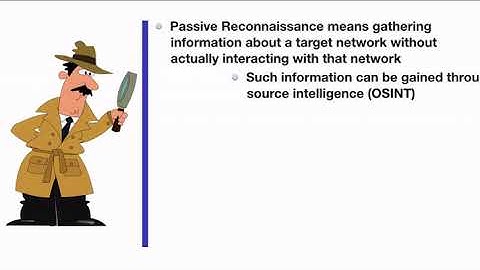Show

Square root of decimals is carried out in the same way as for whole numbers. Square root of a number and squaring a number are inverse operations. The Square of a number is the value of power 2 of the number, while the square root of a number is the number that is multiplied by itself to give the original number. In this article, let's learn how to find the square root of decimals using solved examples and practice questions. What is Square Root of DecimalsSquare root of decimal is the value of a decimal number to the power 1/2. For example, the square root of 24.01 is 4.9 as (4.9)2 = 24.01. The square root of a decimal number can be calculated by using the estimation method or the long division method. In the case of long division method, the pairs of whole number parts and fractional parts are separated by using bars. And then, the process of long division is carried out in the same way as any other whole number. How to Find the Square Root of Decimals?Estimation and approximation is a reasonable guess of the actual value so as to make calculations easier and realistic. This method also helps in estimating and approximating the square root of a given number. We just need to find the nearest perfect square numbers to the given decimal number to find its approximate square root value. Let's find the square root of 31.36.
Thus, the square root of 31.36 is close to 5.5. Square Root by Long Division MethodLong Division method is mainly used in case we need to dividing large numbers into steps or parts, breaking the division problem into a sequence of easier steps. We can find the exact square root of any given number using this method. Let us understand the process step by step, with an example. Let's find the square root of 2.56.



Related Articles on Square Root of Decimals: Given below is the list of topics that are closely connected to the square root of decimals.
Examples on Square Root of Decimals
go to slidego to slide
 Great learning in high school using simple cues Indulging in rote learning, you are likely to forget concepts. With Cuemath, you will learn visually and be surprised by the outcomes. Book a Free Trial Class
FAQs on Square Root of DecimalsSquare root of decimals refers to the value of a decimal number to the power 1/2. For example, the square root of 12.25 is 3.5 as (3.5)2 = 12.25. It is calculated by estimation as well as long division method. It is easy to find the exact square root of any given number using the long division method. Which Method is Used to Find the Square Root of Non-Perfect Square Numbers?In Math, a non-perfect number is considered the one that is in decimal form. The square root of a non-perfect square number can be calculated by using the long division method. What are the Applications of the Square Root of Decimals?There are various applications of the square root of decimals.
How To Find Square Root of Decimals by Estimation?To find the square root of decimals by estimation, look for the perfect square numbers close to the given decimal numbers. Find their square roots to have an approximate value for the square root of the given decimal number. For example, the square root of 11.56 is 3.4.
What Are the Steps to Find Square Root of Decimals by Long Division Method?
|

Pos Terkait
Periklanan
BERITA TERKINI
Toplist Popular
#2
Top 5 wilo fluidcontrol schaltet nicht ab 2022
1 years ago#3
#4
Top 8 warum kein blutspenden nach piercing 2022
1 years ago#5
#6
Top 8 o que é pirangagem 2022
1 years ago#7
#8
Top 8 o que é gluten free 2022
1 years ago#9
#10
Top 8 mondeo mk3 türgriff öffnet nicht 2022
1 years agoPeriklanan
Terpopuler
Periklanan
Tentang Kami
Dukungan

Copyright © 2024 ketiadaan Inc.


















